~ Wizard of Wellington's Weatherproof Oracle ~
History & explication of my Wellington-based divination system ~ a Stone Meta-Map of the City ~ Drawing on my correspondence with Enrique Enriquez
“It only takes two facing mirrors to build a labyrinth.”
(Jorge Luis Borges, Seven Nights)
Enrique, to me: “What we pick up with our hands, ears or eyes, contains within itself the memory of other things. We draw lines between what is, what was and what could be, as birds build a nest…
We have to think that signs do not only enter through the eyes or the ears to tempt us cognitively but that they are installed in the space between our bones, between our cells, like a rhythm that articulates our form.”
Me, to Enrique: “A skipping stone is heavy, but light. A story leaps across the surface of the globe, from place to place.”
~ LITHOMANCY ~
My last piece was about stone and the Stone Age, subjects dear to my heart. After I posted, I was still thinking about stone, and I remembered I recently promised
that I would write an explainer of my self-devised divination system.The idea to construct a stone-based system first came to me when I was trying to solve a particularly local problem: how to read Tarot in the streets of my city. Wellington is the windiest city in the world, and paper cards are unfeasible in such climatic conditions. You can weigh them down with stones, but that obscures the images. What about— I thought— making a Tarot deck out of something heavy enough to not blow away? Wood, or ceramic, or … stone; a WINDPROOF TAROT. (In the initial iteration of this idea I was imagining a literal Tarot deck— Major and Minor Arcana, all that jazz.)
As with the Obsidian Smartphone idea described in my last piece, it can be dangerous for me to think about a thing for too long and not make it. The perfect idea becomes itself a kind of stone, polished by much thought. Bringing an idea into reality always means struggling with the world of matter. Perfectionism is a curse! My inability to tolerate the existential anguish of that messy wrestle (the literal making of things, I mean) is why I’m not really a craftsperson any more.1
Then in 2022 my friend Kelly, who works for the Wellington Sculpture Trust, suggested I might like to participate in the yearly performance art festival PARK(ing) Day.2 It’s a cool thing: the city fills up with temporary autonomous zones for a day, each installation unfolding inside an inner-city carpark. I pulled the well-polished Stone Tarot idea out of my back pocket, and determined to make it a material reality. Turning the idea over, though, I started thinking that it would be more interesting to design an entirely bespoke Oracle system. (Why should I paint European-lineage symbology onto an extremely local material? I could make something entirely personal and local: a Wizard of Wellington deck.)
~ DEAR MAGICIAN ~
I first saw Enrique Enriquez in the film Tarology, shown to me by my friend Erika a decade or so ago. I go to YouTube to find the trailer to include in this piece, and instead, to my surprise, I find the whole film:
I rewatch it, fascinated. This is a former E.E., a pram-pushing punk Daddy, not the white-bearded sage I later came to know. (Yet dapper, always; mark of a Wizard.) Maybe, in the film, he is closer to my age now.3
I made the Stone Tarot piece during a time when Enrique and I were emailing each other every day— two facing mirrors. (Our correspondence was a good example of Isn’tness Theory. It was a pure meeting of the minds, starting from scratch, knowing nothing of each other; written words flying daily, flocks of migratory birds, across half the world.) Gentle, poetic, open-minded, rigorous, irreverent, Enrique taught me / brought forth / co-created the language I now speak. He showed me that the whole world can be read.4
I had also been thinking a lot about the way that individual people interact with the City. We inhabit our own personal map, overlaid living layers of past and present. This (interior) imaginal city and the (exterior) material city are in constant dialogue. (There is also an interesting interaction of our own maps with other people’s personal maps, as well as with collective / shared maps.) The Stone Oracle was an attempt to encode my mental / memory map into a readable system, so as to be able to communicate with the Wellington Egregore via my personal city-symbology. The beauty of it, as I explained to Enrique, was that nobody else could read it, though other people would in theory be able to construct their own equivalents: it would be an oracle specific to me, readable only by me.
~ MARK I: ARCHIVE ORACLE ~
This was not my first attempt to communicate with the Spirit of the City. When I worked in the City Archives, my office-bestie (and fellow factotum) Jesse and I used to consult the Archive as a giant Oracle system. Archivomancy was much like bibliomancy. We would ask a question, let ourselves be guided to a file, let the file fall open, let our finger fall on a word, etc. etc. We had a running joke that we would be the Priest and Priestess of the Oracle; we schemed at length about how we could raise revenue for the Council by taxing gold off pilgrims. (But what if the far mightier Government Department, Archives New Zealand, were to set up a rival Oracle Temple? Their Archive was far more complex and interesting than ours…)5
For a system mostly composed of files about property and infrastructure, though, the Archive Oracle was surprisingly eloquent. I remember once we asked it, What is the meaning of life?
Unblocking the flow, it answered, with a diagram of pipes.
Now that I think about it, it was while I was working at Archives, looking at all the old maps and plans, that I first started really seeing the past cities inside the present city. I found myself able to look underneath the skin of nowness, to understand the city as layered time.
~ META-META-MAP ~
I wrote to Enrique: “The idea of a stone Tarot is potent to me because stones are so ancient. They have their own consciousness.”
This was the proposal I submitted to the Sculpture Trust:
WIZARD of WELLINGTON'S WEATHERPROOF ORACLE6 ~
~ STONE META-MAP of the CITY ~ QUESTIONS ANSWERED7 ~
I plan to answer querents' questions using a specially constructed oracle system— a 'deck' somewhat analogous to the Tarot, but made of stone (pebbles) so that it can't blow away. In theory any question can be posed and answered.
(This system will be entirely weatherproof, in order to be adaptive to prevailing Wellington conditions. If rain is forecast, I will consider hard set-up components such as a table and chairs rather than soft furnishings as in my diagram.)8
The components of the stone oracle will be points— places, things and people— within the culturally accepted, broadly-known city, but filtered through the lens of my own personal history-map of Wellington city past and present, as long-time resident and Wizard of this place.
These stone 'cards' will have meanings that can then be mapped onto the querent's questions to uncover meanings and answers: again, analogous to the Tarot, but with reference to the emergent four-way conversation between the Wizard, the Querent, the Oracle, and the City itself.
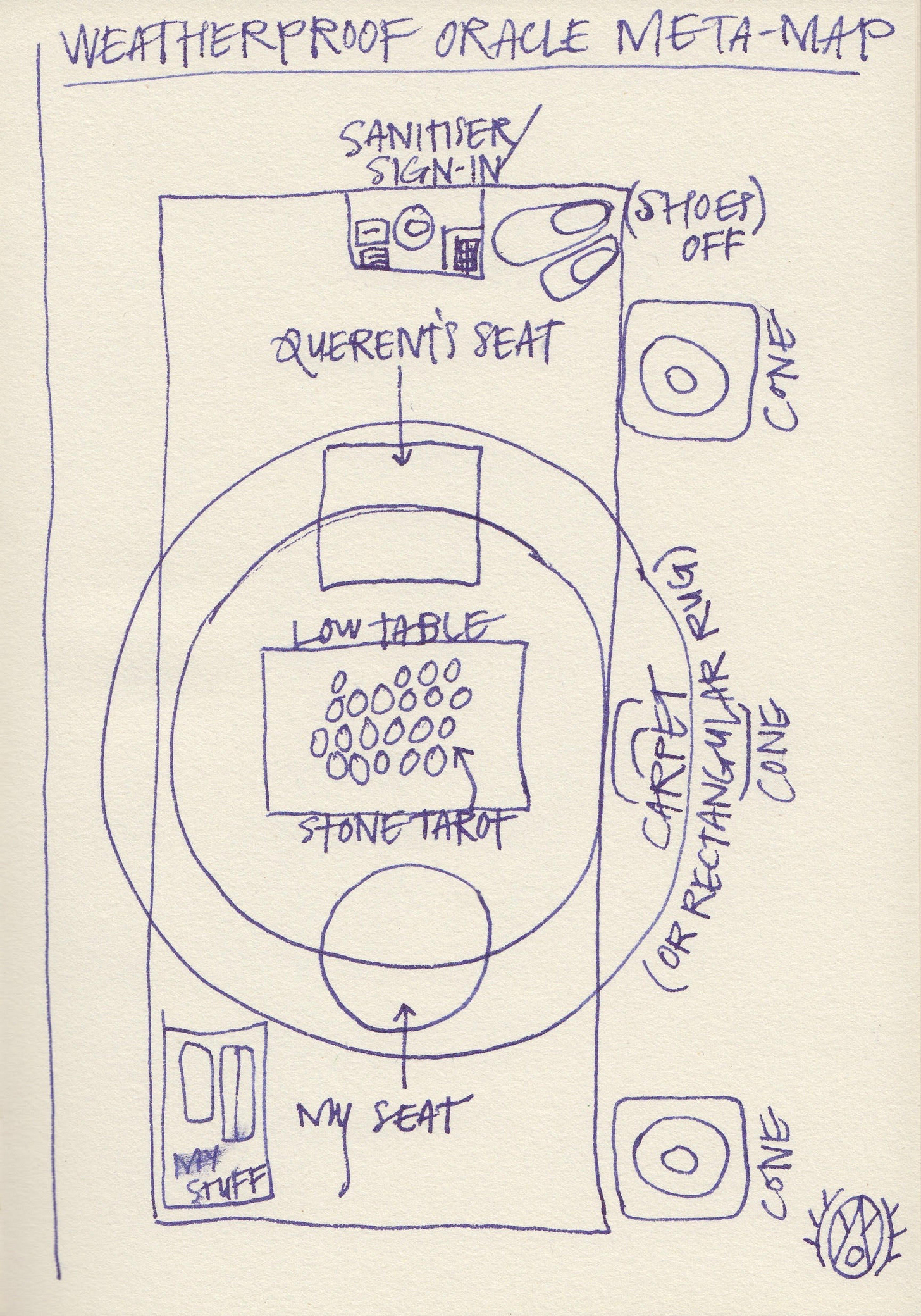
~ STONE-GATHERING ~
I don’t currently have access to my journals. Instead I look back through various alternative archives to find out what was happening while I was conceiving and making this work. Email, photos, the Platform of the Damned... Each one a wormhole back through spacetime. Far better to start by saying what I remember, which is how stone-time felt; those many hours I walked the foreshore comparing pebbles one to another.
I went stone-gathering day after day, all lights, all weathers. During the many hours of stone-hunting I accessed a deep state; spotlight consciousness. I was immersed in stone-world. Their form and pattern, their stoneness, filled my vision. Stone-world is very calm, cool, and old, but beach-pebbles’ interaction with the sea keeps them lively. I wrote to Enrique: Looking at stones is like a drug to me— colours bright, full immersion, purely present and happy. A big part of the joy of this project is the meditation of walking the beach again and again, looking in depth at every stone.
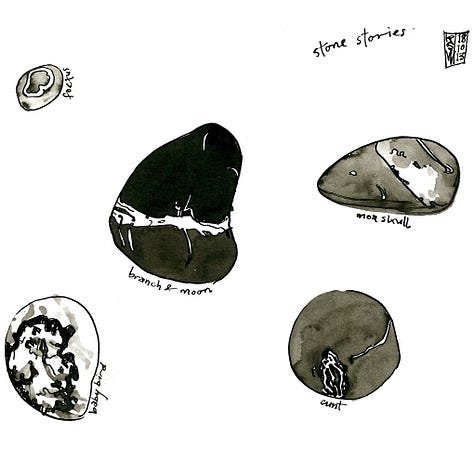
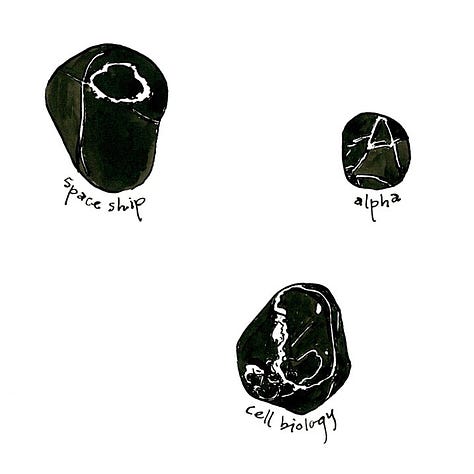
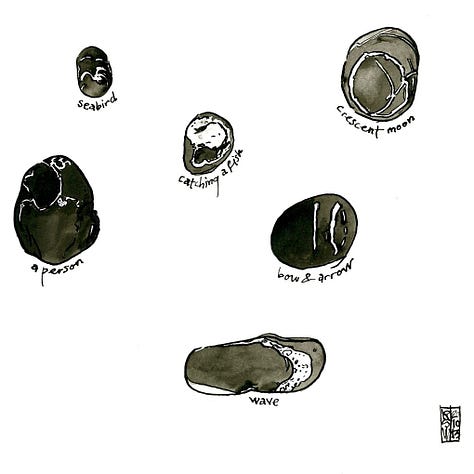
I carried with me what I called the Master Stone— the blueprint pebble that I measured all the other stones against. The Master Stone became dark black with handling as it absorbed my skin oils. I thought of it somewhat like an animal: calling others of its kind.
It is a lot harder to find matching stones than you might think. On a successful walk I might find two, three, or five stones. I was looking for dark, featureless, flat, oval pebbles, of a size to take a painted image. (This form became imprinted, and I kept spotting perfect stones for months afterwards.) The question of how much variability to allow was tricky. In the layout I was envisaging for PARK(ing) Day, I wanted them all to look like blank pebbles when lying face-down, like card-backs: all the same. (As it turned out, I was correct in my instinct. If any stood out— the few with white lines— people picked those ones every time.)
As the deadline came closer, I began to talk to the stones in my mind as I searched, to ask them if they wanted to participate in my project. I felt it was important that they come willingly.9 I wrote to Enrique: “Knowing the beach is also to know where to find certain things, to know the way the currents work. The ocean eventually beautifies everything, takes the edges off. I wandered the beach many, many times, searching for these stones. Then Kev told me 'Oh, those ones are all by the bridge.' He knows because the flat kind I was looking for are the same kind he uses for his favourite game, stone-skipping across the water's surface. He directed me to the motherlode of this particular stone-form.”
At the same time as stone-gathering, I had been compiling and refining my list of ‘cards’: places, buildings, people, animals, and objects in the city that I felt were magically and symbolically potent enough to be included in my deck.10 The potential subject had to possess layered meanings, which had to have enough complexity to allow multiple interpretations. Longlists, shortlists, index cards… I wrote and rewrote and crossed out and tinkered until I had a list I was happy with. (I had forgotten this until I rewatched the interview video, but I also tested my theory by having people ask questions then pick random numbers— I had numbered my list of potential ‘cards’— and I would attempt to answer their question using my list. It worked pretty well. Proof of concept.) I was fairly sure my idea was going to work, but I still couldn’t really be certain.
~ THE MAKING OF ~
Then I started painting the stones. (I have an aversion to the alteration of stones, because of their ancientness, but I was willing to overcome this hesitation for the sake of my project. Also, I figured that the paint was in a sense a temporary alteration: skin-deep.
I wrote to Enrique: I have to temporarily forget their potency to treat them as raw material, to make something other people can understand... There is also something very pleasing about giving the stones a very different life than the one they have had for millennia— my lifetime a blink in their experience. Throw them back into the sea, and the paint would wear away, in a few hundred years.


I was using tiny tins of Humbrol enamel paint, the kind used for painting models, which meant I needed to dilute the paint and wash my brushes with methylated spirits. I had never used enamels before, but I wanted the painted surface to be extremely durable; I was imagining all the stones together in a bag, and someone dipping their hand in. As it turned out, the enamel-painted surface was more fragile than I anticipated. Tumbling them together would damage the paint.11 (So much for lucky-dip stones in a bag! I now store the stones inside egg cartons, separated by pieces of fabric. When it takes so long to make something, it becomes precious-feeling.) This wasn’t a problem in the short term. As per my application, I had already decided that at PARK(ing) Day I would display the stones in a face-down grid. I felt the visual element was important— the stones needed to be visible to passers-by. Also, I had agreed to abide by the no-touching Covid regulation. (As I describe below, an unintended side-effect of querents choosing visually was that they all chose the same stones, which made for repetitive readings; my initial instinct about choosing by feel instead of by sight proved correct.)
I made a number of colour tests. I had decided to use my lucky colour combination of red and blue: I like the way red and blue together pop. But when I started painting the images and words, I felt the red wasn’t legible enough— legibility was imperative, as I wanted the querent to understand the stones’ meaning at a glance, in order to bring their own associations to the table— so I switched to the other colour I had available: white, that rendered as a paler blue. This emergently oceanic colour scheme seemed fitting as a tribute to the stones’ origin / my dwelling-place. Plus, it looked like an old-fashioned blueprint, which was pleasingly mappish. (Later I would hunt all over the city for another tiny tin of the base-colour blue, eventually finding it in a toy-shop down the far end of Lambton Quay, after fruitless searches in the art supplies shop, Warhammer shop, etc. etc.)
Then I started painting my chosen subjects onto the stones. If I made a mistake in painting, I had a small window of time to clean off the last few strokes with a paper towel dipped in meths. (I found all of this chemicalness, fumes etc., very unpleasant to work with compared to the clean neutrality of ink, paper, and water that I was used to. It made the actual painting process feel like endurance.) I was using a tiny acrylic-bristled brush,12 and I realised I would have to stylise the subject matter to fit onto the stone. There wasn’t space for much flourish, I just had to make clear what the subject was. I also had to consider the placement of words. I would work the design out quickly on a bit of paper, then paint it onto the stone, trying to pair the image with an appropriately-shaped pebble. I was well-versed in minimalism, stylisation, and the bold line due to ten years of daily drawing, but still, working tiny is always tricky.
The painting was going much more slowly than I expected and I was working to the deadline of the upcoming PARK(ing) Day. I knew I had to have the deck ready as well as considering and planning all the other aspects of my set-up. I was working all day every day, by the seat of my pants as usual, kicking myself for agreeing to do a thing then leaving it til the last minute.13

Ultimately the only stone in the deck with red was my stone, the WIZARD of WELLINGTON stone. (There were a number of Tarot correspondences and resonances in my deck, and this was one.) Many people picked this stone because it was slightly more round than the others. The Master Stone stayed in the deck— unpainted— as a type of Joker or Fool stone. In the initial deck I had 51 stones, but after the trial run of PARK(ing) Day I subtracted some ‘cards’ and added others in order to end up with 52: the same number as a deck of playing cards.14 (I couldn’t believe I didn’t see this correspondence-potentiality while making the deck, but I was thinking only in terms of Tarot, which has 78 cards in total.)
Afterwards, too, I noticed that the deck was almost entirely watery, lacking the element of fire, so I added BEACH FIRE: a Yang counterpoint to all that Yin.15 By this time my painting style was much more fluent. I had learnt how to do the work in the making of the work. (I had also bought new brushes towards the end of the painting process. Small acrylic brushes, no matter how you care for them, do lose their precision-point over time as the base gets clogged with ink or paint. New brush = sharp point = more detail.) Because of this, the later stones don’t match the earlier stones stylistically— you can see a progression in terms of design within the deck. Basically, the later stones are far more detailed than the early ones. Also, afterwards, I didn’t have the time pressure of the deadline, so I had leisure to take more time with the painting.
~ TIME-TRAVELLING CAMPFIRE ~
As a side-note, the BEACH FIRE stone was a foreshadowing of the piece I made the subsequent year at PARK(ing) Day 2023: WIZARD of WELLINGTON'S TIME-TRAVELLING CAMPFIRE ~ ORAL TRADITIONS ONLY! ~ TECH-FREE ZONE. This was a pretend fire of driftwood inside a circle of rocks, with cut logs to sit on. (I wrote: The circle is important as a non-hierarchical form.) I had a string-line up around the carpark, and the rule was that if you wanted to come inside you had to turn off your phone and put it away.16 I wanted to emulate what happens around a real fire, people singing songs and telling stories. Unfortunately it rained heavily at the beginning of the day, wetting my log-seats. Still, they mostly dried out by the afternoon, and people sat on them and talked to each other. They held their hands out to the fire, pretending that it was warm, which I found endearing.
I wrote afterwards: Free yourself from the tyranny of the phone! Be brave enough to use the OFF button! Throw your clog into the machine! Dark electrical magic makes your body feel bad. The wild old ways are patiently waiting for you, just underneath the skin of the new ways.
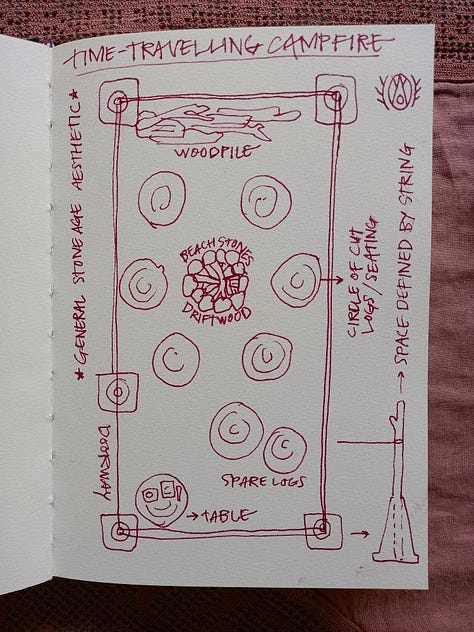
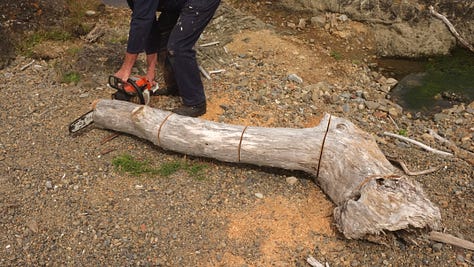

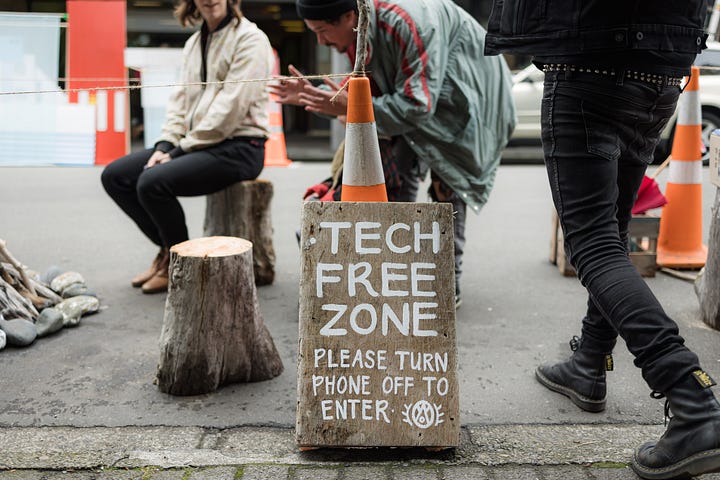
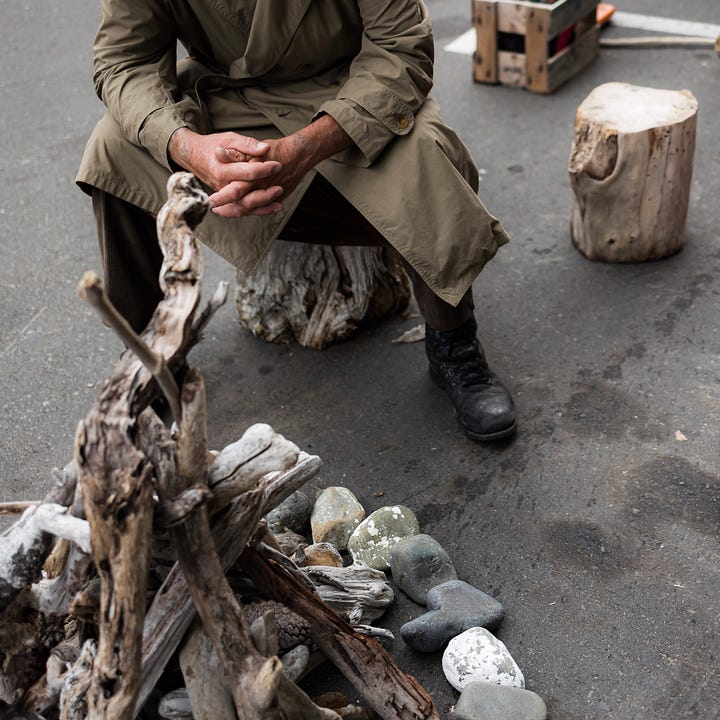
This piece was a pure rearrangement: taking things from my place, the Coast, and bringing them to the city. I considered emulating fire somehow, but in the end I decided that the naked campfire-form was more elegant— people would supply the flames with their imaginations. Afterwards I took all the components of the piece back to where I had found them and threw them back on the beach. A few days later I was walking by and I saw that some people were having a fire exactly where I had thrown the driftwood. It was as if those sticks, once they’d been shown the shape, willed themselves into a real fire.
~ WORKING NINE TO FIVE ~
But back to 2022. The day before PARK(ing) Day I made a post telling people what I would be doing the next day and where to find me. My assigned park was number 3166: located down in the dog’s-tail of Cuba Street, near the sculpture of a blue pillar with what looks like birthday candles stuck in golden chewing gum on top (formal name The Philanthropist's Stone). This location was kind of like Stewart Island— there weren’t so many of us down there, and because people had to walk across a non-PARK(ing) Day gap to get to us, our end of the street was much quieter than Upper Cuba foot-traffic-wise, which was fine by me. Divination is an energy-drain and I was conscious that I had to last the whole eight hours. (We were also meant to hustle and get people to vote for us and stuff, but that’s just not my way.) Also, privacy is good when people are asking personal questions. All in all I was happy for my park to be chill.
I sat and waited for people to approach me, explained my concept, and invited them to sit down. I opened each conversation just as I open a Tarot session: by asking the querent “Do you have a question?”
The open-endedness of this meta-question doesn’t imply that one should have a question; however, when I’m reading Tarot I find that the question is centrally important. In my view the Tarot is not mystical or divine; it works (I think) as a random-image-generator / a mirror by which the querent can scry their own subconscious / story-stimulus. So the process of discerning exactly what one wishes to know— i.e. formulating a question— is how one begins that process of inquiry. (This is just my way of reading Tarot; others work differently. I have received some very good Tarot readings without a question. Shoutout Rob at Treadwell’s!)
I then had the querent choose three stones from the face-down array, turned them face-up, and interpreted them in order to answer the querent’s question. (As I said, the Covid rules stated that people weren’t to touch anything. Although I felt that the element of touch was important, I had decided to compromise by having the querent point at their chosen stones.)17 This was the first time I had properly used the deck, and it felt like jumping in the deep end. I could tell it was live (i.e. electrical, magical) but it was also an experiment: as soon as I started reading, I immediately began to see what I could change.
I wrote afterwards Themes: people wanted to know about the year ahead (always a classic), but also about Russia and Ukraine, and sought reassurance that everything was going to be OK. General expression of fear and worry. I remember that when the Judges came to see me, it was late on in the afternoon, and they asked me an abstract question about child literacy. (The Judges engage with all the parks and award a Judges’ Choice prize, while People’s Choice is awarded by the public voting for their favourites. Both of these prizes are sums of money. The People’s Choice is usually won by sheer nepotism— a park run by a large number of people who get their friends and family to vote, or a single person who hustles super hard. I felt that my idea was original, and I was pretty pleased with how my piece worked out both conceptually and aesthetically, and plus my work was literal luck-magic, so I thought I had a shot at Judges’ Choice, but I didn’t win— possibly too arcane of a concept, or possibly I was too grumpy, or both.)
In terms of the divination process itself, I wrote to Enrique afterwards: “I know from past experience that if you ask people to choose from a group of images, for instance, they will all choose the same ones: humans are all the same in their aesthetic preferences, in some ways at least. And so it proved— there were at least 20 or 25 stones that never appeared all day, and about ten that were repeatedly chosen. I tried to hack this by asking people to choose by feel instead of appearance, but no dice. I'll have to work on this, as it gets boring trying to tease out the same few subjects again and again when you know there are dozens of juicy conversations untapped.) The fundamental problem is, stones are not the same as one another, not like a deck of cards.
Another thing about divination is that the nature of the question has a big bearing on whether the reading is meaningful: so in this case, the most potent readings of the day came from people who asked personal and meaningful questions. People see it and want to participate, so they come up with a light or meaningless question. (I could have planned my patter better, maybe— to direct people more.)
The whole thing was emergent— there really isn't any way to know until you try how it will work. Already I can see refinements: I think I might take the people out of the deck and stick to places, objects, animals— those are easier to read in a more universal symbology. There are only a few people represented, but they were chosen repeatedly, so maybe better to remove them. (I had a feeling about this ahead of time— that removing the people would be better: and now I see I was right.) Every 'card' in the 'deck' has to be potent enough to be drawn upon in many different ways, and it's hard to know ahead of time which are the weak ones. Why people choose the stones they choose, how to make it truly random, are problems that will need solving with the next iteration.”
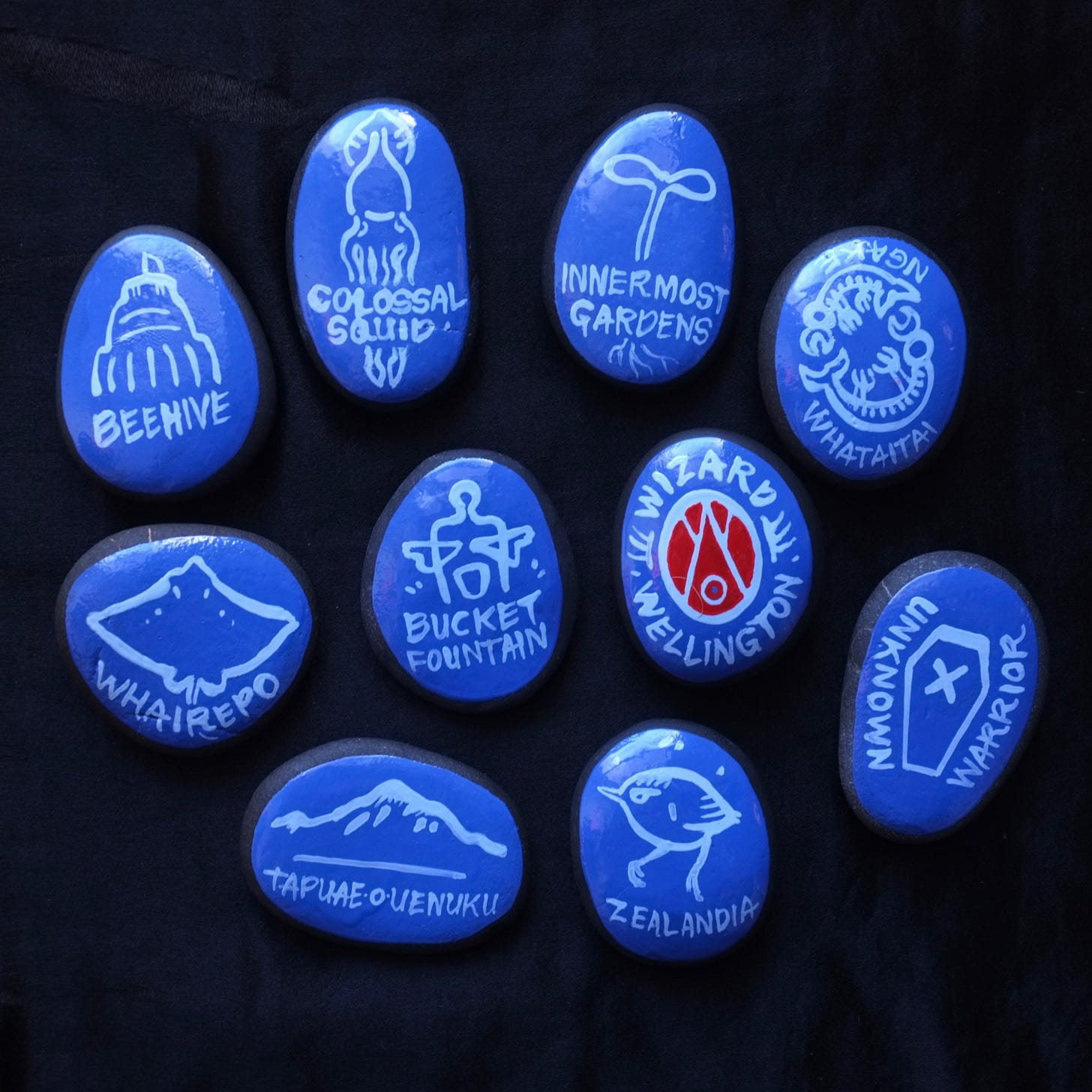
Enrique replied: “It goes like this, chance provides an arrangement of objects, usually from a limited set of permutations. We trace a line connecting those objects in a coherent narrative that then is applied to the life and circumstances of a person, often a stranger.
Your system fulfills all those conditions. I did not doubt that you would be successful.
The form chance takes, the nature of the objects is a matter of cultural or personal preference. However, the capacity others have to put their faith in the process depends in many cases on the mystification of the method used and the magnetism of the person who uses it.
People who would be skeptical of traditional oracles may be more open to an entirely new system. Those who put their faith in traditional systems might relate to a new oracle more lightly…
There is something powerful in directing the person to point to different stones without knowing what image they contain. It is simple, direct, and at the same time suggests that we work with the intuition that guides each one of them throughout their life…
Carrying and storing the stones can be tricky. The inherent vice of the object puts the roughness of the stone in conflict with the fragility of the paint. Predictably the images you painted on each stone will suffer scratches, they will require retouching again and again. That is unless you keep each stone separately inside the folds of a rag, or something like that. And of course, your oracle weighs. It wouldn't be the kind of thing you carry in your bag just in case.
Of course, this system of yours works more like a performance piece than a spontaneous event. In that sense, the weight of the stones underlines the weight of the experience.
I always liked working in public places doing short readings for many people. The short reading has the forcefulness of a sign and moves away from the psychological. That one ends up exhausted is inevitable. Now, ending depleted or not depends fundamentally on the type of people who touch you. Sometimes one ends up drained and other times one ends up energized.”
I replied to Enrique: “Thank you! Interestingly, in this case I felt energised. The energy of being affirmed in my work is a big buzz that is still resonating. The experience makes me feel that Wizarding as an art practice is viable— artist in residence, for instance. I also think that as I use the system more I will get better at guiding the readings to be more mutually interesting… I can add and take away subjects at will, I can keep refining and adding and taking away like tuning an instrument, until it sings. I want every stone to be one I'm happy to see.”
All in all I felt the experiment had gone well. I did honour to the City by this work and it spoke to me and through me. However, divining with a system-in-progress felt emotionally risky. People bring meaningful questions to an Oracle, and it is a weighty responsibility to try to offer meaningful answers in return. (Weight, literal weight of stone.) I guess that’s what makes it art? Come 5 p.m., knock-off time, I was far less brain-dead than I expected, so I went to Laundry with some other PARK(ing) Day peeps and caroused.18
~ LE BATELEUR ~
Interestingly, even though the initial idea-spark was making a deck to read in the street, and even though I reworked the deck extensively after PARK(ing) Day, I have not taken it out again. I wrote to Enrique: After the Parking day, where I ended up sitting at a table with chairs, I thought that a more energetic placement to read in the street would be to do it standing up, with a table at about waist height: at which point, of course, I become the Bateleur; a fairground trickster.19
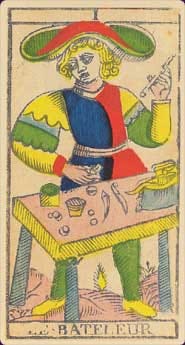
As regular readers probably know, I have some ambivalence about visible Wizarding. This reluctance has a lot to do with people’s insatiable need to photograph and video anything interesting they encounter in the public sphere. During PARK(ing) Day this was a problem for me: by agreeing to participate in a performance art festival, one agrees to be stared at and recorded. That’s kind of the point, but it made me feel like a zoo animal. Afterwards, though, I felt sorry that I had persuaded the photographer not to take any pictures of me. I regretted my reticence, so when my friend Elise Oursa asked if she could interview me about the project for our online Tarot group Coffee and Cards, I said yes. (In this interview I repeat a fair bit of what I’ve already gone over in this essay, but I also say some stuff I’d forgotten about, like the bit about trialling the list of topics by asking people to choose random numbers, and the bit about having already begun to gather the stones a year earlier.)20
You can see me answering questions using the deck from 49.31 onwards.
Watching this video now (apart from what Enrique pointed out when he watched it, the fact that I say potent about two dozen times) my eye is caught by the blue fan on the wall behind me, a piece of calligraphy I made many years previously. I see that it is made using the same colour scheme as the Stone Tarot. It’s Walt Whitman, Song of Myself 44:
I do think it likely that the Stone Tarot piece will be re-performed some time in the future. PARK(ing) Day was a test-run of my system, and I have since ironed out the glitches that arose. It’s interesting to consider whether / how the Stone Tarot— a particularly site-specific work— would work elsewhere.
While I have been writing this essay, the synchronicities have been clustering, a swarm of time-bees. That’s how I know I’m on the right track.21
~ STONE-SPAWN ~
I said at the start of this essay that my intention was to create an Oracle system readable only by an individual person— me. In that sense this work is singular and non-transferrable. However, it also seems to me that the system I devised is potentially adaptable to other people / places. Really, the possible variations are endless!
Undertaking a work like this could be an interesting medicine in the present moment— maybe a kind of anti-venom against the prevalent machine-worship. The found materials, the idiosyncratic systematising, the weeks of labour, the offering with an intent of usefulness— these seem to me to be innately human things. If you feel inspired to create a parallel Oracle of your own, please do let us know how you get on, and what your place (or whatever complex system you have elected to communicate with in this way) has to say!

~ E.E. & ME ~
Enrique, rather than reading the Tarot, now spends most of his time talking to birds, and sending words flying.
I, rather than reading the Tarot, spend most of my time writing here to you, and sending words flying.
I wrote to Enrique to ask him if it was OK to quote from our correspondence in my essay, and he replied, as I knew he would, “Sure, use whatever you want from our conversations. I'm glad you are writing about that project, which was so exciting.”

I often think of how Kae Tempest phrased it, in this conversation with Phoebe Waller-Bridge:
“You’ve gone through the agony of taking an idea that is perfect – it’s soaring, it comes from this other place – then you’ve had to summon it down and process it through your shit brain. It’s coming out of your shit hands and you’ve ruined it completely. The finished thing is never going to be anywhere near as perfect as the idea, of course, because if it was, why would you ever do anything else? And then you have another idea. And then these finished things are like stepping stones towards being able to find your voice.”
Wellington Sculpture Trust - PARK(ing) Day
Wellington’s Parking Day is but one iteration of an international movement. More info here: https://www.myparkingday.org/
“Park(ing) day is a global, public, participatory project where people across the world temporarily repurpose curbside parking spaces and convert them into public parks and social spaces to advocate for safer, greener, and more equitable streets for people.”
Heh… “It’s like when people say ‘you shouldn’t write long things on the Internet, because people doesn’t read.’ They don’t interest me. People who doesn’t read, they don’t interest me. People who can’t deal with abstract ideas, they don’t interest me. They are excluded from what I do.”
I remain deeply grateful for that year of apprenticeship and for the rich record we made together, which I have drawn on in this piece.
Such things happen when one works in records management; office games are necessary to keep from going out of one’s mind.
Enrique pointed out that strictly speaking it’s not an oracle. “The term oracle names an opaque voice and the one who utters it. Divining with stones, shells, bones or cards corresponds rather to the notion of sortilege.”
I riposted that, colloquially, Oracle (-deck, -cards) means ‘a divination system like the Tarot but not the Tarot.’
This is a reference to the mural painted on the side of the Theosophical Society building on Marion Street: it shows a floating multi-armed figure wearing a flowery-tentacled skirt, and it says QUESTIONS ANSWERED ANSWERS QUESTIONED. I have always been fond of this mural. I passed by the Theosophical Society many times over the years, wondering what was inside. One day I passed by and the door was open. I went in: it was a library of esoteric literature, staffed by a tiny old lady. (I’ve since been further in, but that’s another story.)
As it turned out, I went with a normal-height table and chairs as a more user-friendly option— not everybody is comfortable sitting low.
Afterwards my friend Topeora said of this process: “The stones consented to work with you in this way. Their intention to be oracles was paired with your intention to create a set. One collaborates with stones to create oracles, they're not like cards.. the stones themselves had a readable energy to them before you applied the images cos they come directly from Papatūānuku. She decided they would collaborate with you when she sent them to you. They are her children too, so ask them how they'd like to look, the same ones might be jumping out at people over and over again cos they have an initial energy that resonates when they were created with Papa a bizillion years ago - that's what you're trying to crack in your pictures and, in doing so they collaborate to help you tune into what's happening in the city.”
Following PARK(ing) Day, which was essentially the trial run of the deck, I decided to remove all the people from the deck. I felt they were too hard to interpret, and it felt disrespectful and somehow non-universal. Plus everyone kept picking Peter Jackson, who I had put in there as a kind of Devil figure, the sinister overlord of the city, because of his economic control: for instance that complete bullshit known as the Hobbit Law (by which, in collaboration with the Key Government, Jackson essentially Union-busted the entire NZ film industry for all time), and also the time he bought the Mayoral election in order to sabotage Shelly Bay housing developments / as utu for not getting to do his Movie Museum the way he wanted. The fact that so many people picked this stone could be proof that Jackson is some sort of warlock. Or it might have just been a particularly attractive stone-back, who knows.
…I am aware that how I feel about Peter Jackson is not how most people feel about him.
Short of, say, engraving or etching into the surface of the stones, or lacquering them with marine varnish or something— i.e. making them actually indestructible— I’m not sure how to solve this problem.
Again, this was what I had to hand, left over from ink drawing. I didn’t want to sink money into the project: I was trying to use whatever I had lying around.
I have heard Langabeer comment —in regard to this end phase of a project— The baby is nearly out! Keep pushing!
I began my correspondence with Enrique by taking his course on how to read a deck of ordinary playing cards.
More about how to read a deck of playing cards (Also the Bateleur / Magician evolution, divination as basketball, and so on and so on) in this great divination overview by R.G. Miga that I came across while writing this piece:
Once I thought of it, I couldn’t believe I hadn’t noticed the omission of fire during the making of the deck. Tarot is very elemental. More personally, I have four planets in Leo— fixed fire— of which the hearth fire / beach fire is the symbolic representation. In traditional Tarot, I associate beach fires with the Ten of Wands: ‘carrying a whole lot of sticks’.
I underestimated how reluctant people would be to turn off their phones. Like I’d asked them to kick a puppy or something. Some people said they had never turned their phones off.
This is what I wrote in my proposal: “The space will be entirely tech-free: the only form of communication permitted will be spoken or sung, from out of the bone-house— that is, extemporaneously or from memory.
My intention is to create a tech-free safe space where people are not surveilled or recorded, but are merely present together as humans. However, I am aware that while I can set the rules inside my park, I can't control what happens outside it. (I may or may not make signs asking people not to photograph or record from the outside. Exception being for official documentation of the piece, of course.) This tension is inherent in the modern world at all times, and can't easily be resolved.
Story-telling, singing, jokes, dream interpretation, problem-solving, discussion and performance can be— but need not be— prompted and mediated by the Wizard and / or use of a talking stick to ensure egalitarian sharing of time-space.”
I had forgotten until I reread my email correspondence with Enrique that PARK(ing) Day 2022 took place only a few days after the anti-mandate protest at Parliament had been broken up. This gave a very edgy feeling to the city at that time, with lots of random angry anti-vaxxers wandering around.
I wrote: The city and all the humans of the city. The city as accidental egregore... It feels like the culture is made of jelly or playdough, the chaos softening everything that formerly appeared solid, structural. (Which bits are igneous, which sedimentary?) Then into the goopy mass leap those who seek to mould it to their own ends… A metastasising of quacks and snake oil.
Best bar in Wellington, felled by avaricious slumlords. RIP Laundry, we loved you
Speaking of the Marseille— I recently posted (on Notes) this mudlarked fragment of ceramic, found at Erith (whence I was directed by the guy I met at Ye Olde Cheshire Cheese) on my last day in London:
ARSE, if it were a Tarot card, would be Number Zero, the Fool, with his pants falling down and the little dog jumping to bite his bare bum.
But from the curvature of the piece of ceramic, Kev deduced what it was, and tracked down the source— a late 1800s / early 1900s roofing tile manufactured by Guichard Carvin et Cie: the word, in its entirety, was MARSEILLE.
This is the essay I reference in the interview:
The City is a Body, You are a Group of Apes
If the city is a body, what is your function? Are you a blood cell, a brain cell? Are you a bacteria, a bioflora? Are you a piece of bone, or skin? Are you serotonin, dopamine, adrenaline? Is a Wizard a psilocybin molecule?
For instance, the second chapter— titled ‘Metaphor’; she is writing about grief— of the book I bought yesterday morning on a whim, The Chronology of Water by Lidia Yuknavitch.
She says: “Collect rocks.
That’s all. But not just any rocks. You are an intelligent woman so you look for the unimaginable inside the ordinary… When you find a group of rocks, you must stare at them a long while before you choose, let your eyes adjust… Let your imagination change what you know. Suddenly a grey rock becomes ashen or clouded with dream. A ring round a rock is luck. To find a red rock is to discover earthblood. Blue rocks make you believe in them…
Give names to some, not geological, but of your own making…
You will see you have an underlying tone and plot to your life underneath the one you’ve been told. Circular and image bound.”
Later in the book, Yuknavitch quotes Virginia Woolf: “Arrange whatever pieces come your way.”
Quoted on the back of the book: New York-dwelling poet Andrei Codrescu, who as far as I can tell is Enrique’s Enrique.



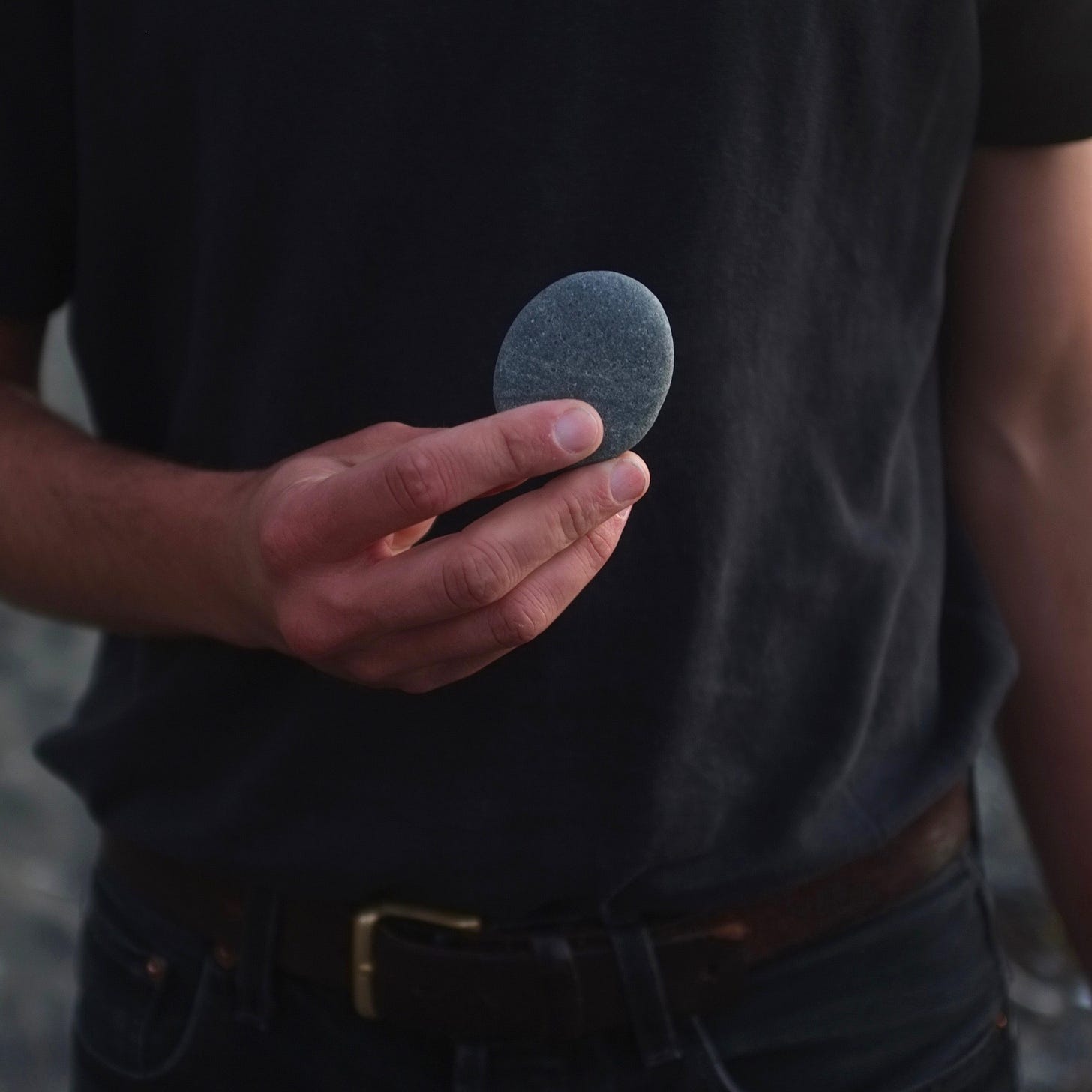
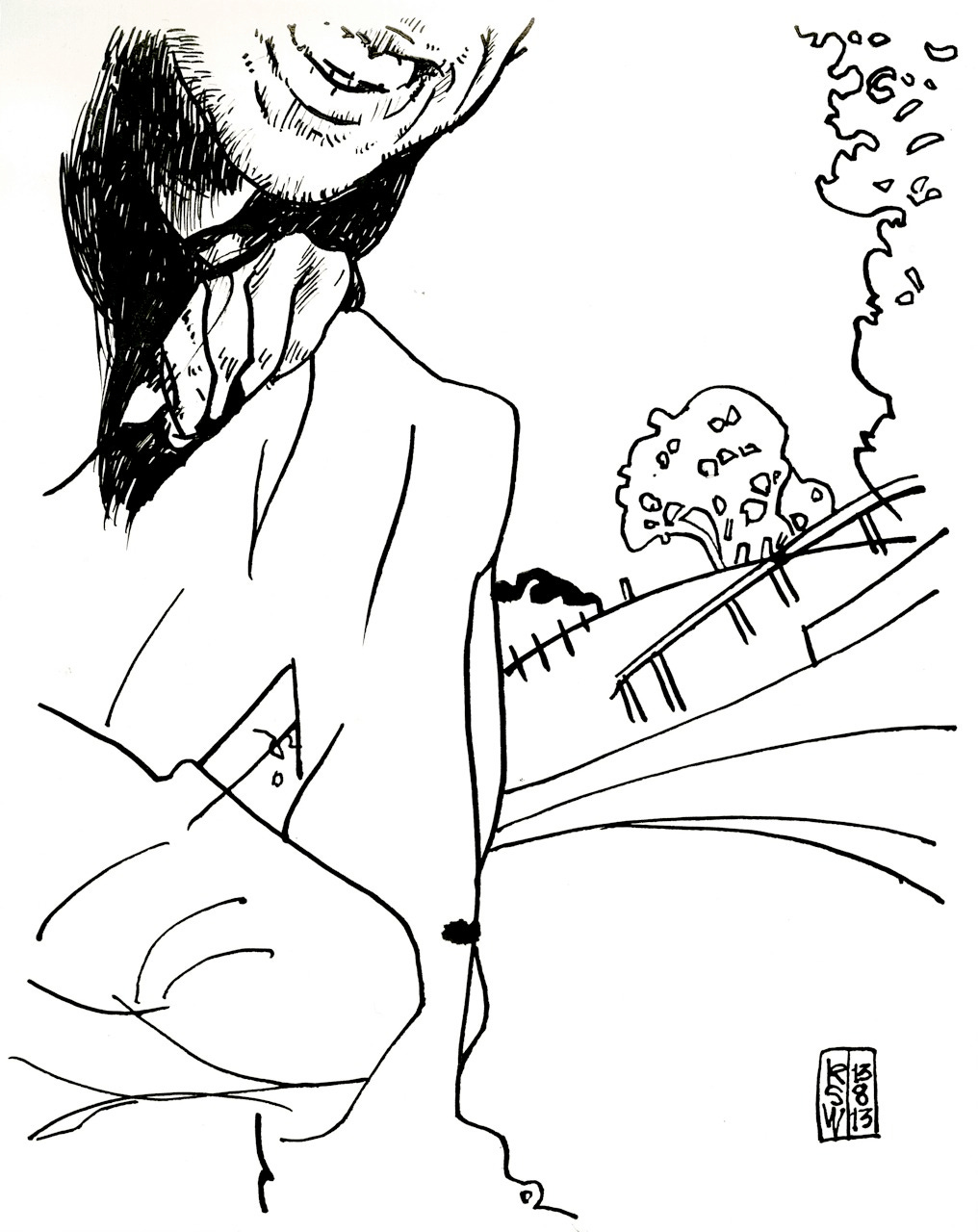
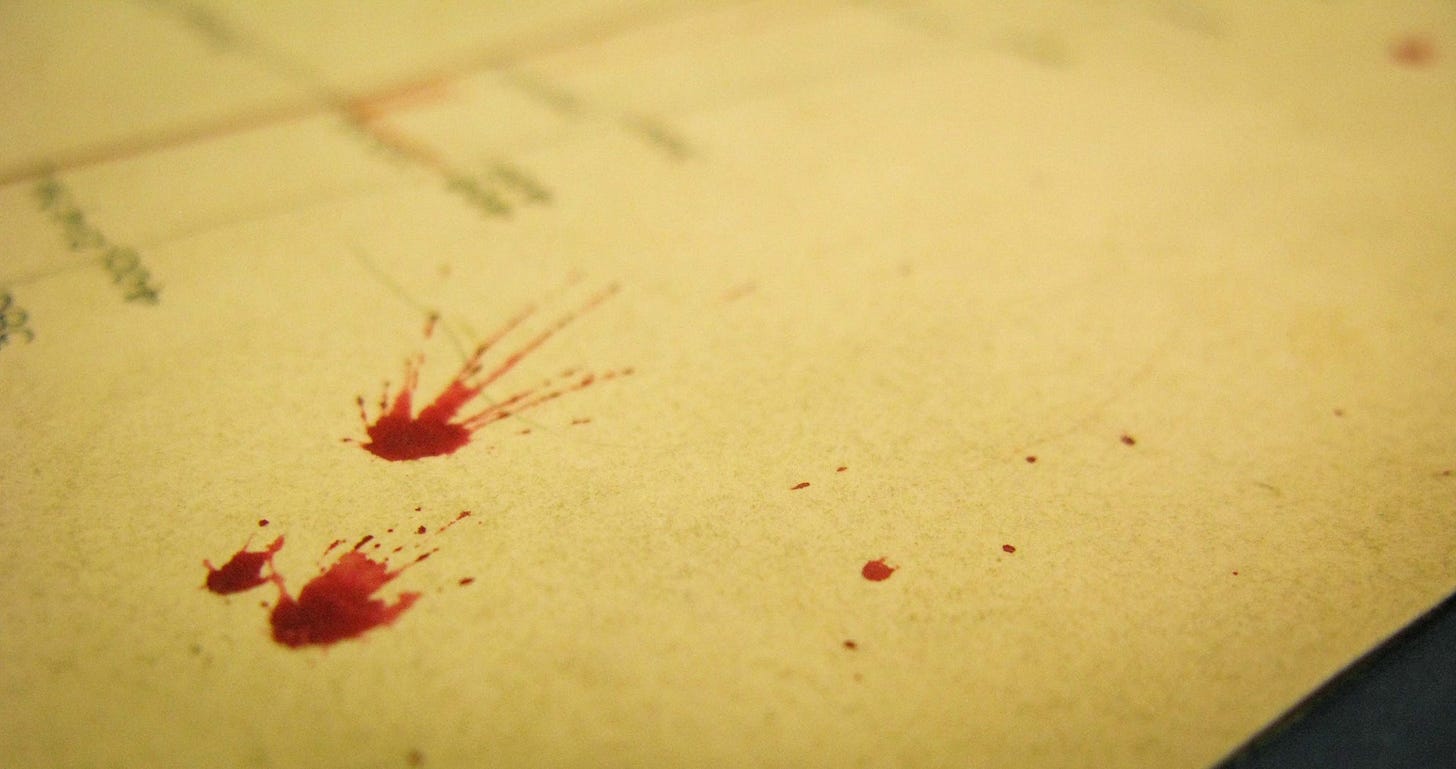

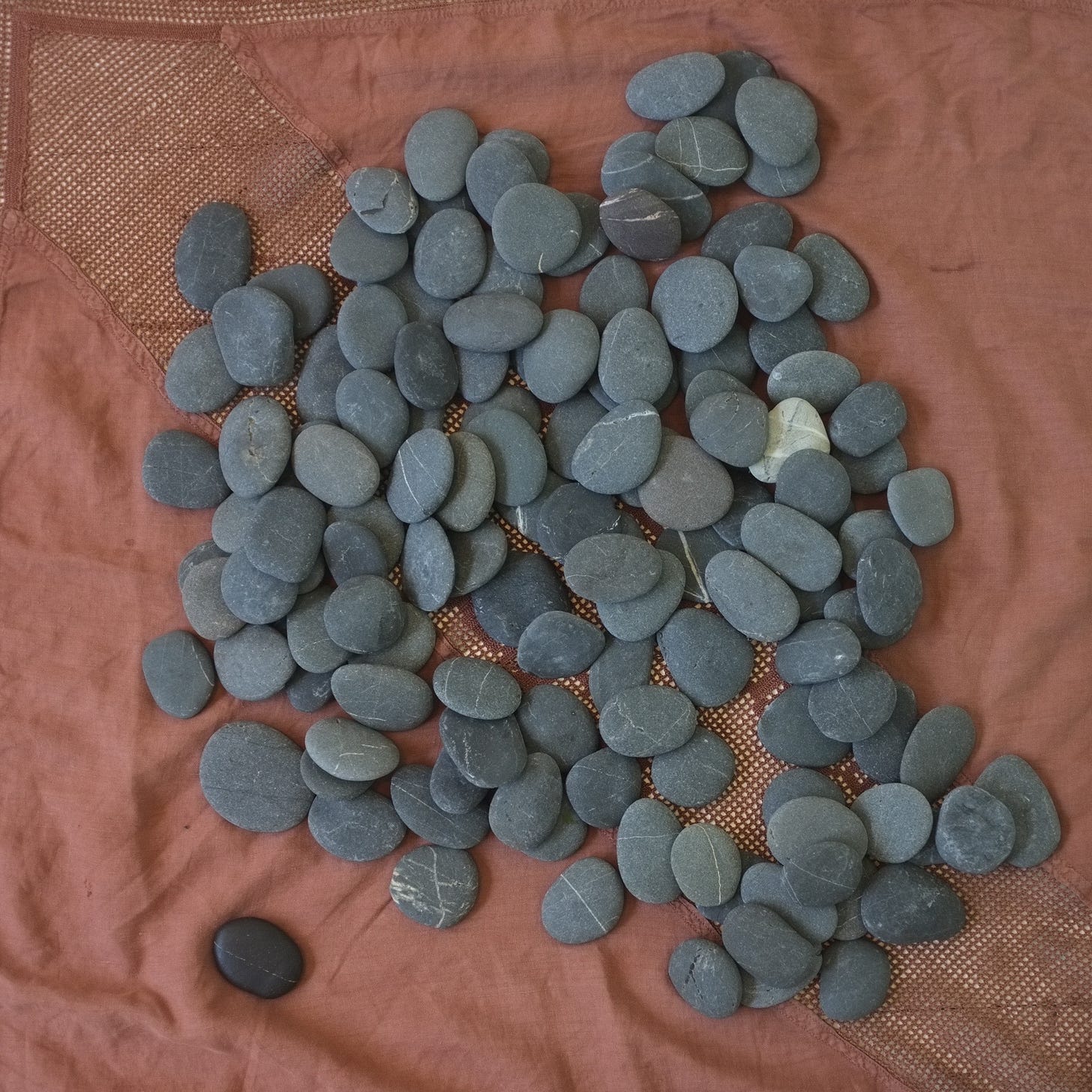
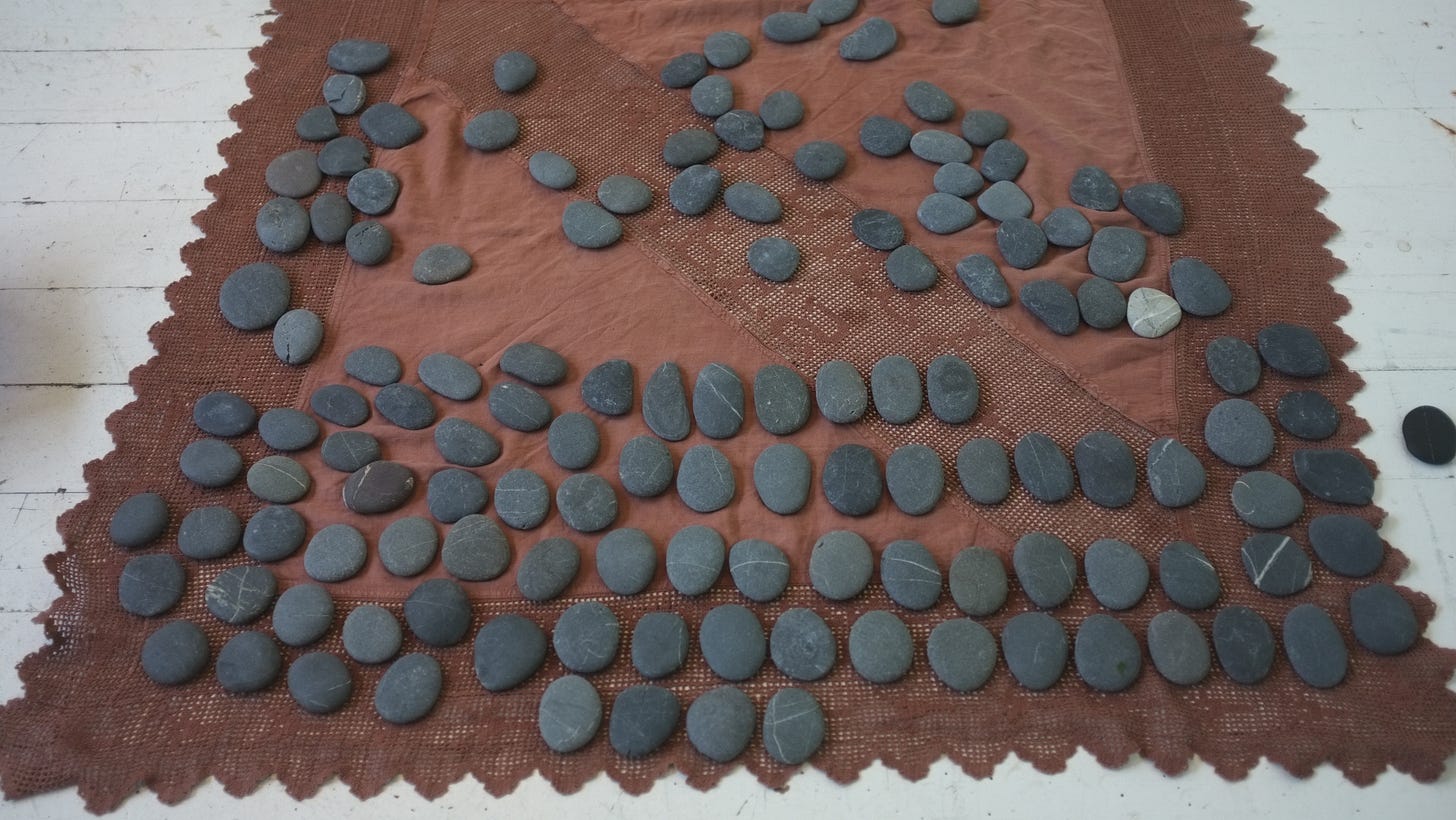


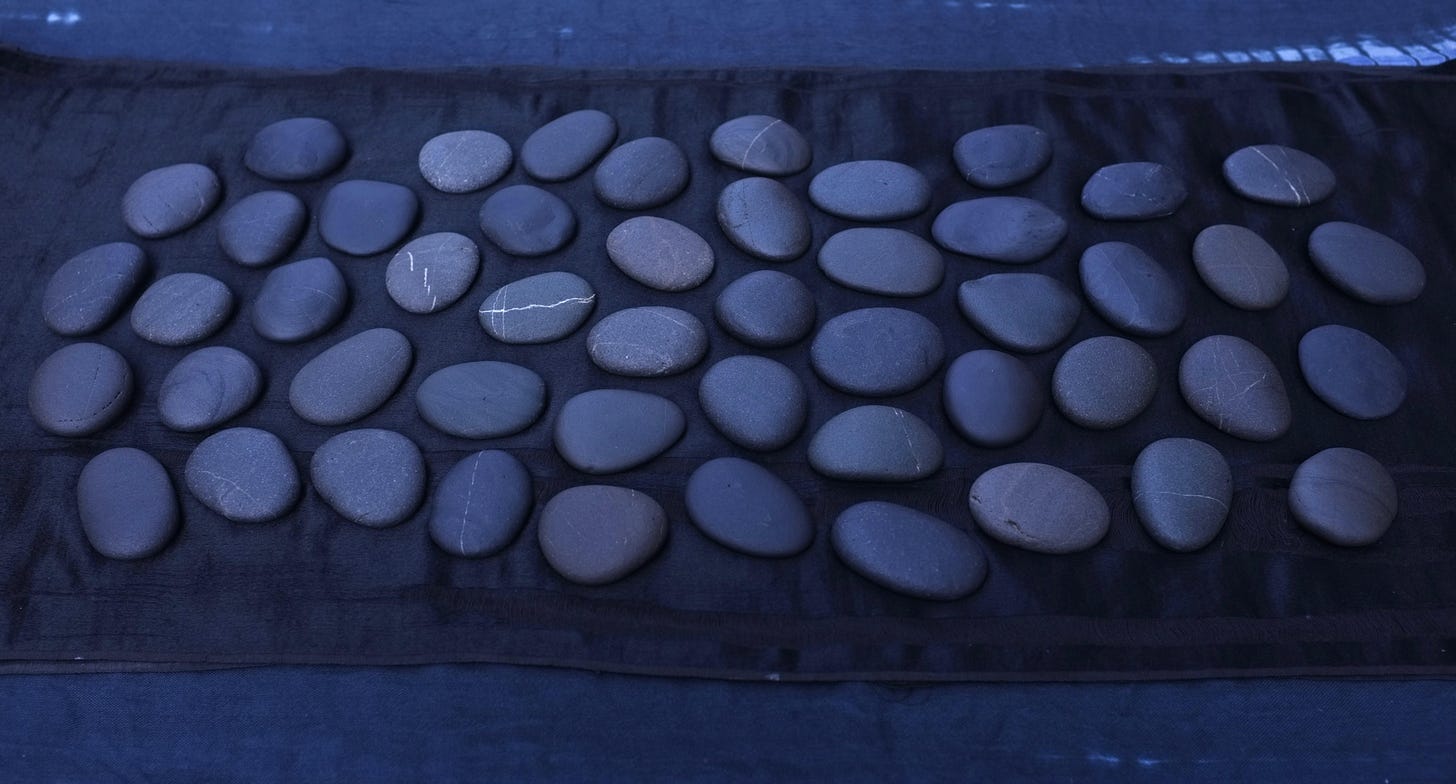
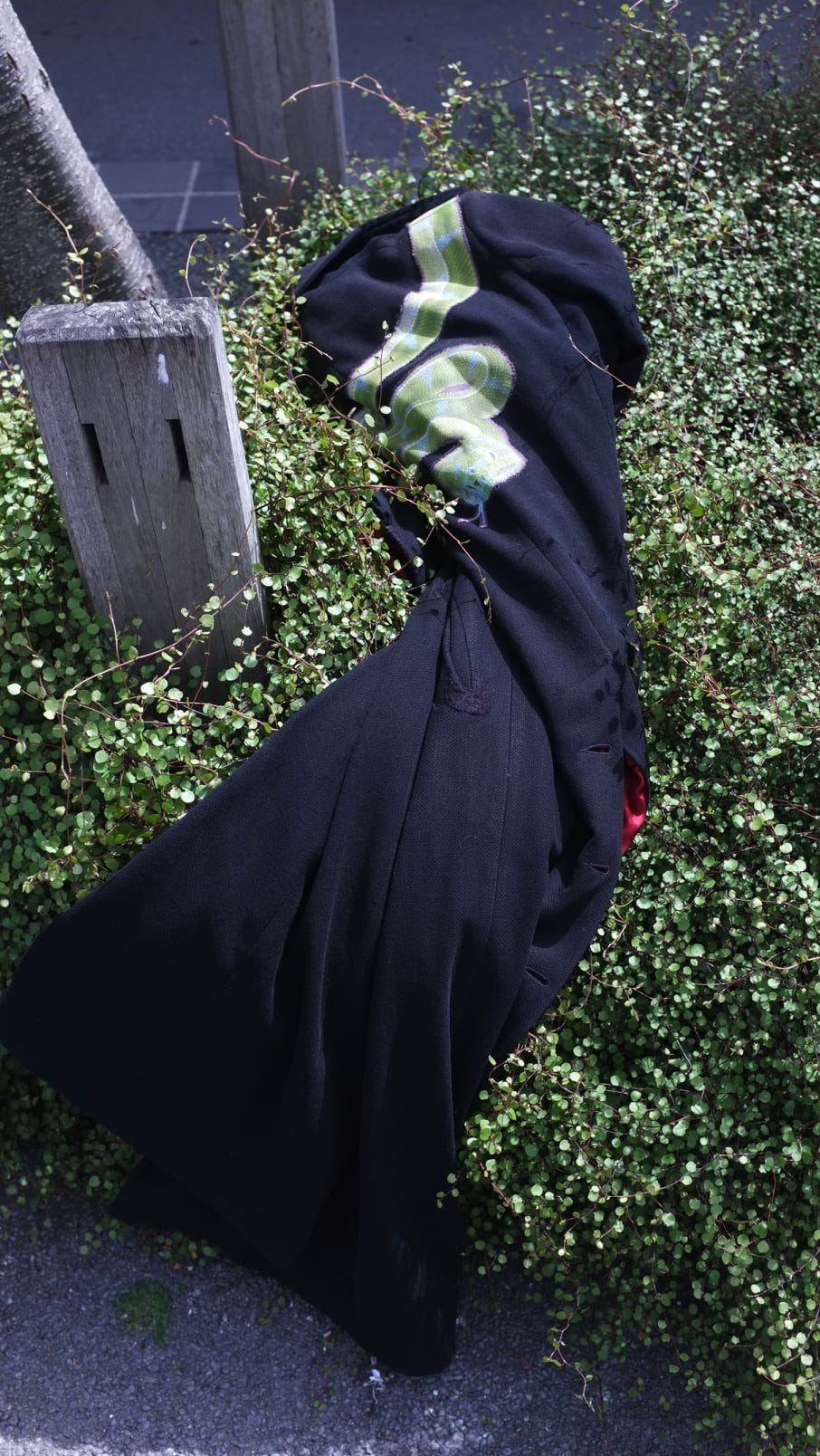
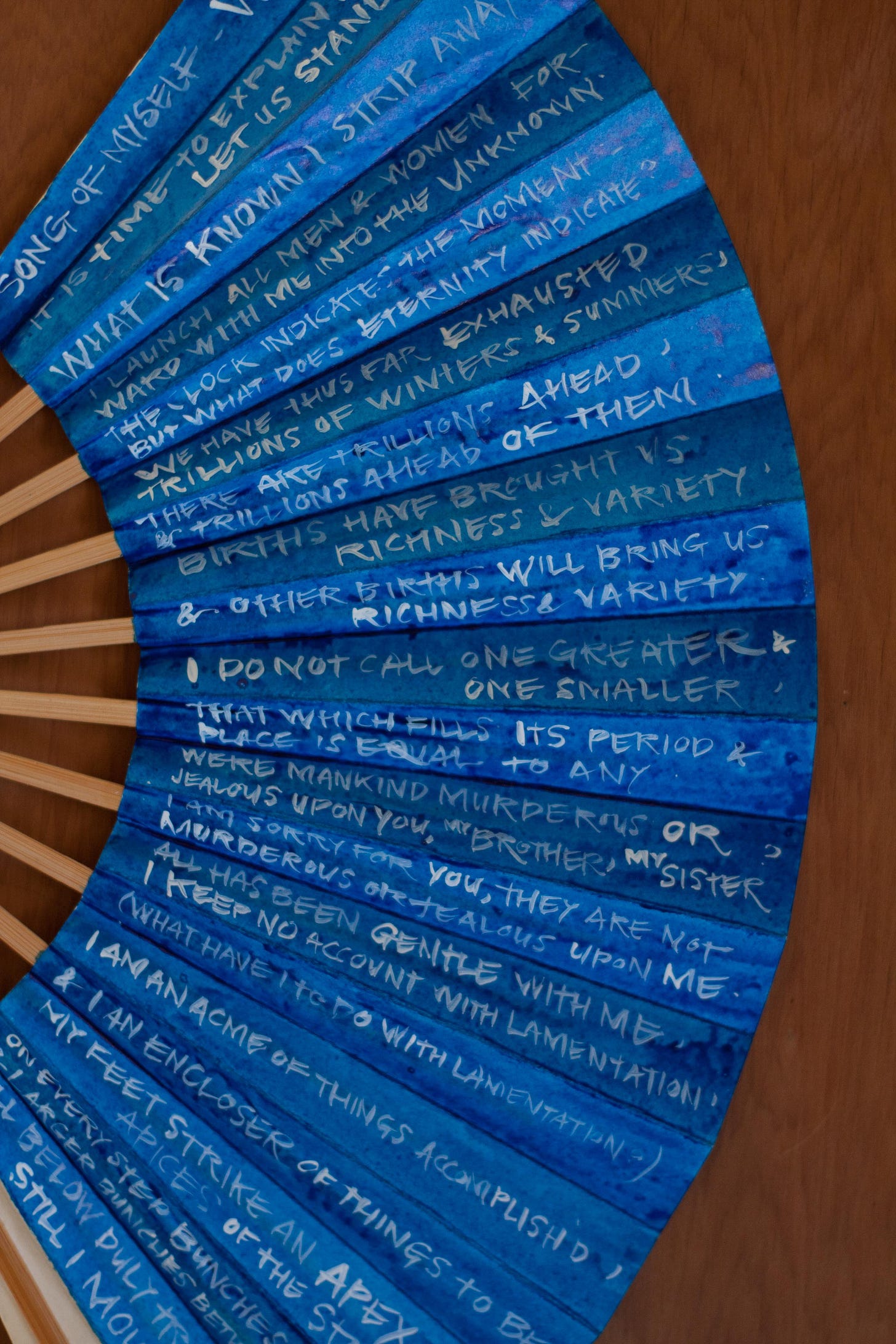
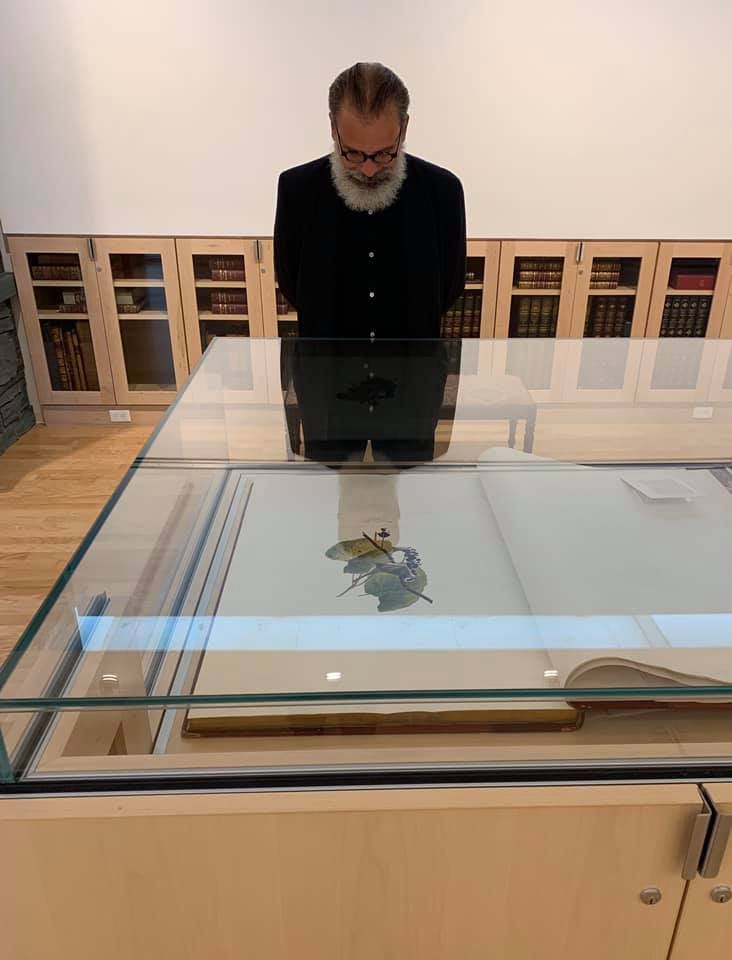


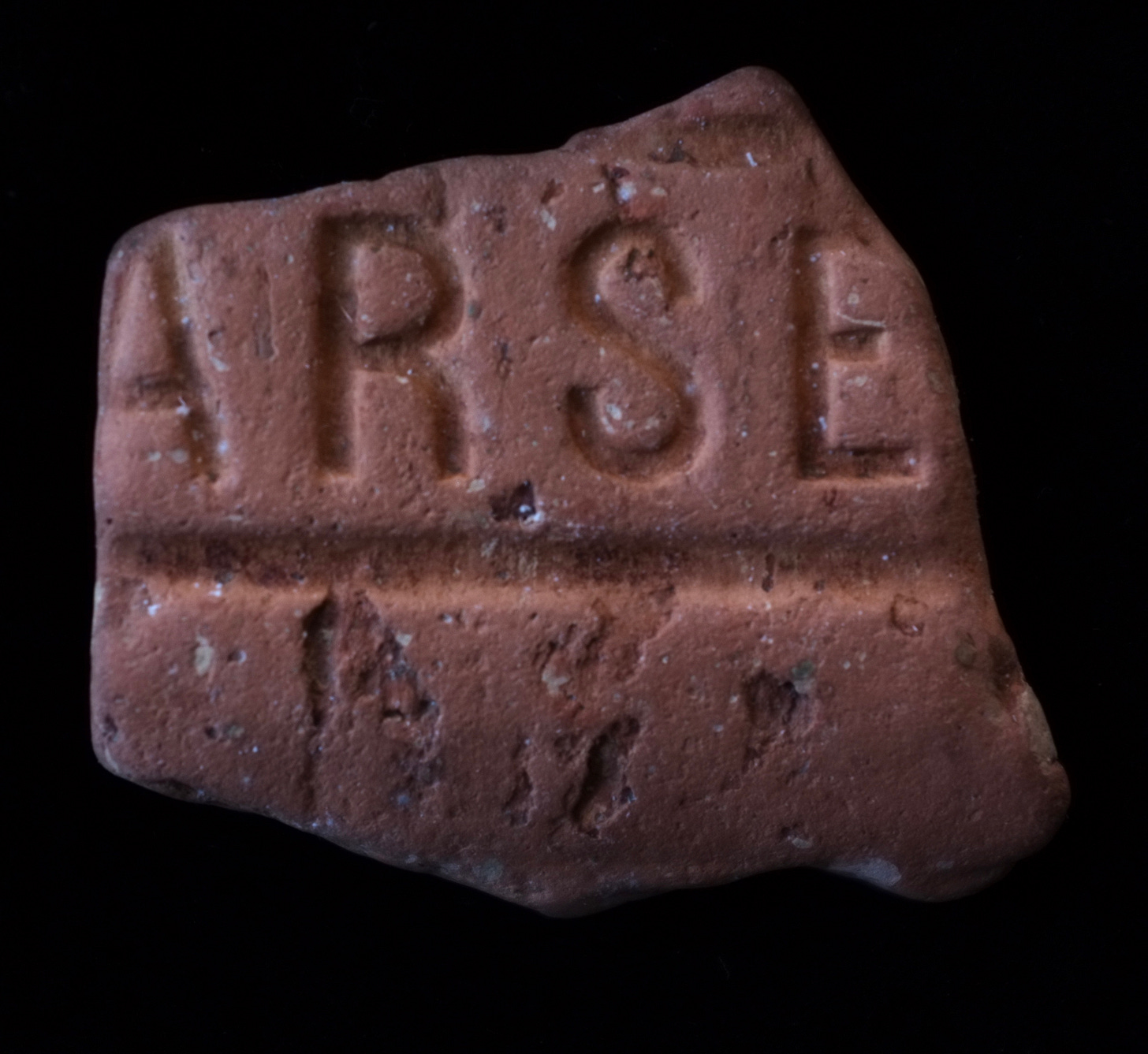
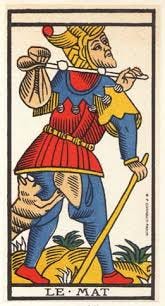
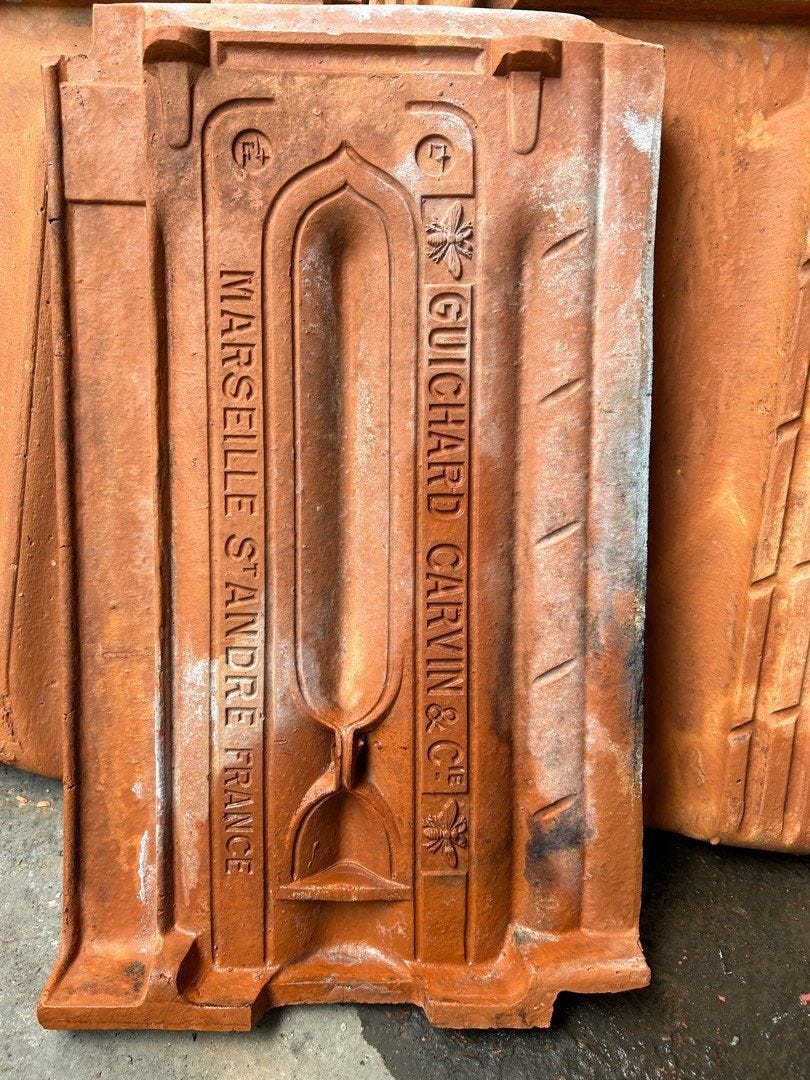

What a brilliant project. I am currently making a traditional tarot deck but I love the idea of a localised oracle. You've given me lots to think about!
I also really love that The Wizard of Wellington's Weatherproof Oracle already sounds like an incredible magical realist novel.
I love your stones idea - it's brilliant. I think I might get the writing group I'm in to make divination cards of some sort. Thanks for the inspiration and for your writing.